Buy Methyl Green (14855-76-6) MF: C27H35BrClN3 | MW: 516.95. Get High Quality Methyl Green (14855-76-6) from Tristains.
Methyl Green presents itself as a solid of dark green color in crystalline form. It is a synthetic dye with the chemical formula C27H35BrClN3 · ZnCl2, also known as Ethyl green. This potent fluorescent dye is cationic and belongs to the triphenylmethane dye category, with a chloride counterion. Its molecular structure is composed of a central carbon atom surrounded by three benzene rings, along with a dimethylamino group and a chloride ion. Methyl Green is capable of dissolving in water and other polar solvents, resulting in a solution of deep green color.
“TriStains”, Histological Stains/Biological Stains that offer range of stains used in Histology, Cytology, Microbiology and Hematology laboratories. TriStains meet the highest quality standards and give excellent color performance of desired components of cells and tissue in life science laboratories. TriStains series products are carefully tested to ensure accurate, reliable, and reproducible results. Our products are available in different packaging sizes to allow you to get all types of stains & Indicators for your specific purposes from a single source.
In-addition Tristains also deals in numerous Laboratory Supplies, Chemicals, Equipment, Instruments, Reagents, Standard Solutions, Buffers, Histological Stains/Biological Stains & Indicators and many more, for more information please visit our website www.tristains.com or email to sales@tristains.com we will be happy to help you. All Tristains Products are exclusively distributed by Dawn Scientific Inc (https://dawnscientific.com)
Application :
- Methyl Green is widely used as a biological stain in microscopy and histology, It is particularly effective in staining nucleic acids, specifically DNA, making it useful for visualizing and studying cellular structures. Methyl Green is a DNA stains of cells and electrophoretic gels.
- Methyl Green can be used as a stain for direct measuring of viability by both microscopy and flow cytometry, with peaks at 633 and 677 nm.
- Methyl Green has been used as an indicator dye in analytical chemistry, particularly in titrations and pH measurements.
Benefits :
- Effective DNA stainiing
- Enables the visualization and study of cellular nucleic acids
- Deliver reproducible and accurate result for staining
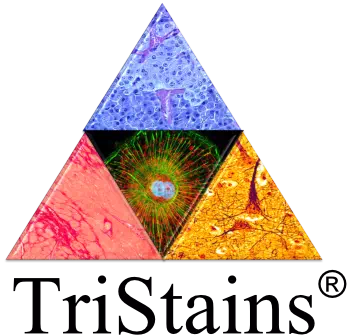


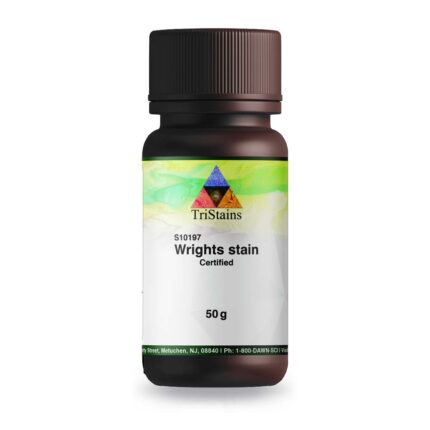
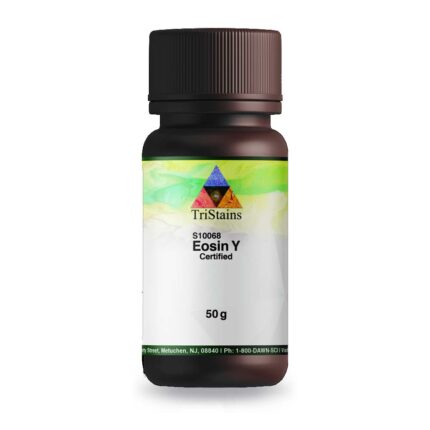


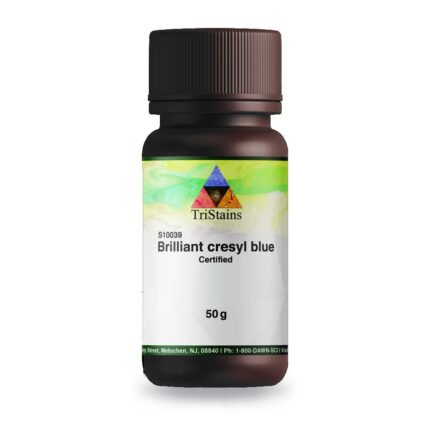
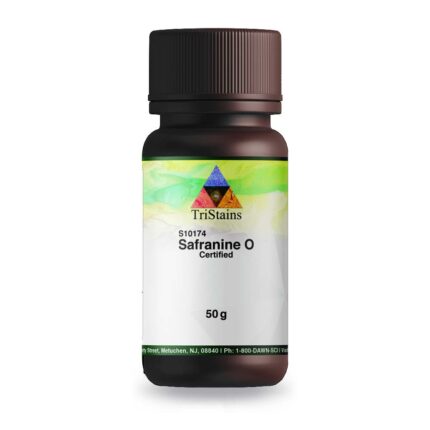
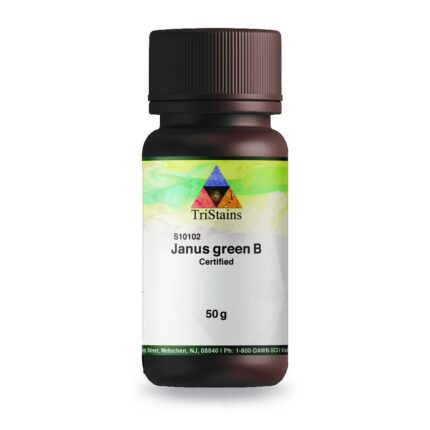




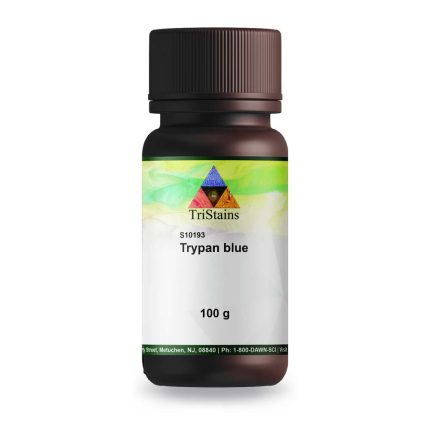

Reviews
There are no reviews yet.